FADENKREUZ - CROSSING THREADS. Textile techniques and constructions in East Asian from 3000 years BP
Textile art and the technologies used to create textile surfaces are part of the world's intangible cultural heritage. As components of clothing, they shape the appearance of most people. Yet their origins and earliest stages of development can rarely be studied because textiles and the equipment used to make them decay without trace in most soils. In the extremely arid regions of Central and East Asia, however, several objects have survived.
In those regions, the numbers and types of textile constructions in well-preserved archaeological cloths are surprisingly large and diverse. Unusual elements such as an 11-meter-long skirt flounce made of over 500 braided wool threads, woven fabrics with large-scale patterns in weft twining and filigree floral twill tapestry next to flowing colour gradients are examples from the repertoire of fascinating textiles in the clothes found along the Silk Roads, which can only be fully understood through reconstructions.
These and other techniques will get their own public platform with this project. We will provide the ancient technical knowledge with a collection of samples and a database for present and future users interested in textile production and clothing.
Our leitmotif 'fadenkreuz' (engl.: threading cross) is one of the most important terms in weaving terminology. It is a premise and therefore a symbol for the transformation of a mass of threads into the system of a planned structure, practised by every weaver.
Based on research in the SILK ROAD FASHION project, textile constructions are closely examined and made comprehensible and tangible with photos, drawings, videos and reconstructions.





